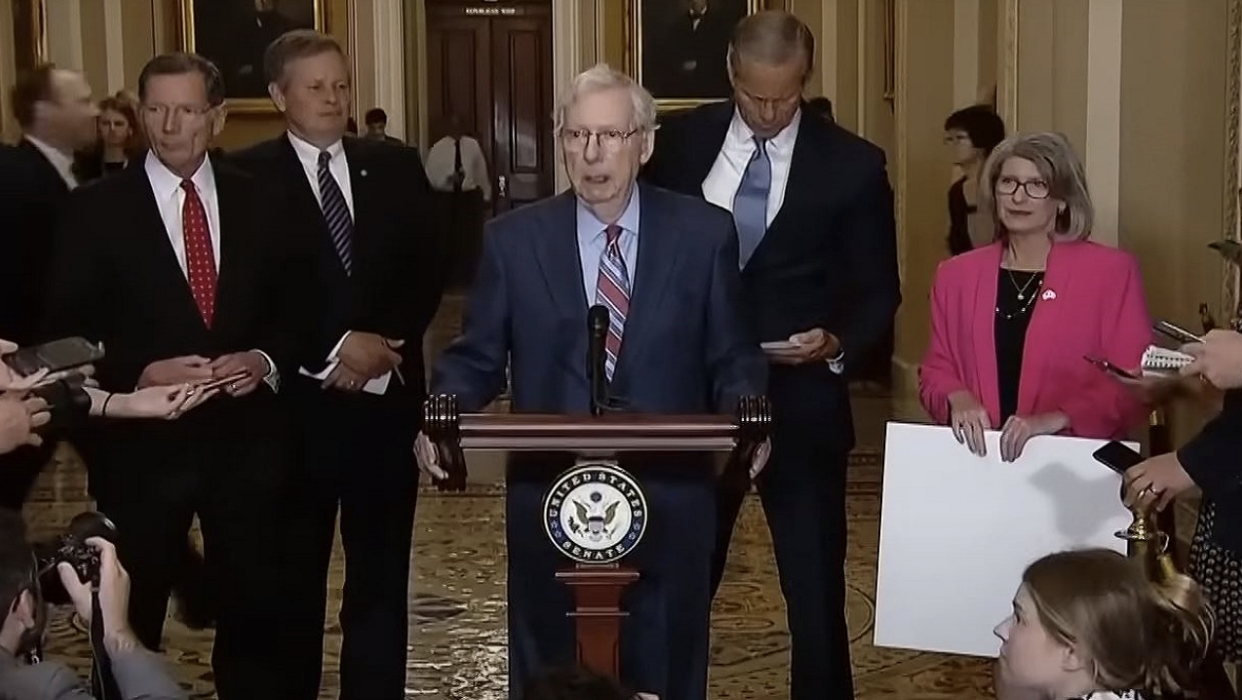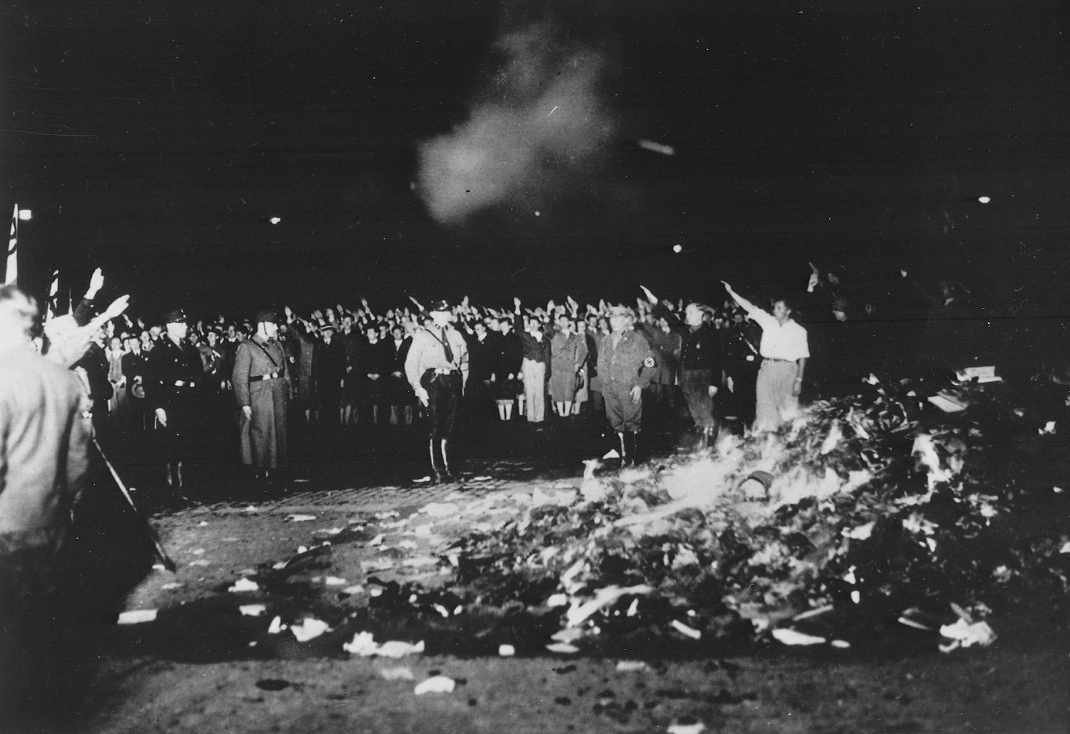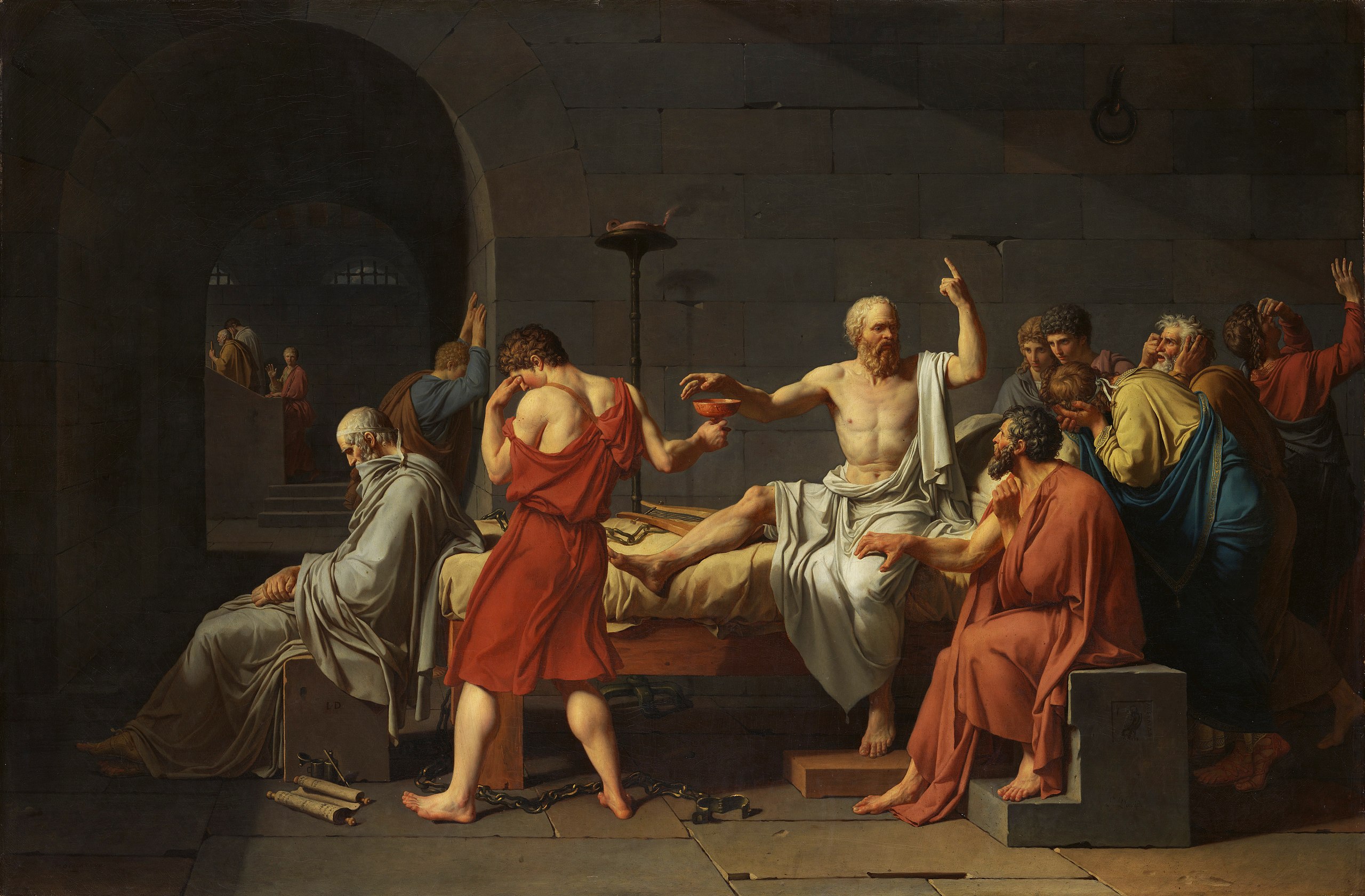Two students debate the effectiveness of Meramec’s cafeteria
HEADS
By: Mark Livingston
– Staff Writer –
The newly redesigned cafeteria is a great place to grab a bite to eat and hang out with friends. The cafeteria offers healthconscious students with a suitable alternative to the standard fast food joint or gas station varieties of grab-and-go snacks and sodas.
The cafeteria is located on campus in the Student Center. Treat America offers a hot breakfast that includes everything from biscuits and gravy, omelets, cereal and breakfast sandwiches. Daily breakfast specials change every day, but the price stays the same at $3.35. Lunch offers beef, veggie and turkey burgers.
Other menu items include hot dogs, brats, chicken sandwiches, chicken wings, fries and onion rings. Lunch specials for students cost $4.30 and include an entrée, fries and soda. For those with hungry appetites, go for the Daily Plate Special which includes an entrée, two sides, and a roll for $6.50.
What’s more, all short-order foods are cooked with t
rans fat-free oil. Health nuts, as I like to refer to them, can find organic foods from soymilk to organic food bars. The cafeteria also offers things to take on-the-go: salads, fruits, poor boy-style sandwiches, yogurts and even slices of pie. Yum.
Bottled sodas, energy drinks, canned iced-coffee, toaster pastries, slices of pizza, nachos and bags of chips start to add up a bit; however, that’s the stuff that the students love. The quick snack for the road and impulsive buying is where the price issue comes into play. In the consumerdriven market we live in, marketing and advertising is everywhere.
Therefore, the price is bound to be higher. Is the cafeteria expensive? Well, that depends on your per spec t ive. Do the items in the c a f e t e r i a cost a lot of money? I suppose they do, but we choose what we want to eat.
W h a t students fail to acknowl edge is the fact that we don’t have to spend money on gas, bus fare or tipping. P r i c e s d i s p l a y e d on products include tax, versus everything else, where tax becomes a hidden expense.
I believe once all these variables are levied into the equation, the service and product rendered becomes more in-line with the rest of the market. The real problem I saw while inv
estigating this topic was not how expensive the cafeteria was, but the expensive foods we sometimes choose to eat.
Healthy foods, especially organic, will be expensive anywhere. The best part, you can grab something to eat, sit down in the dining area, watch television, work on homework, chat with friends, surf the Internet via the school’s free Wi-Fi.
Students can do all of this without having to brave the elements or give up the coveted front row parking spot that good fortune allowed that day.
TAILS
By: Patrick Olds

– Opinions Editor –
There are two general opinions being formed on campus about the cafeteria a positive and a negative one. Within the next year, the contract for Treat America will be up for renewal.
There are many factors that should be evaluated, including affordability, variety of healthy foods, selection and value to the overall campus. These main ideas are essential to deciding whether this food service should be retained or whether they should be cut loose.
Very simply, when looking at the cost, it is difficult to defend some of the prices. For example, a simple pretzel with Vitamin Water costs just less than five dollars. For a snack and drink, that price is obscene.
To get an actual lunch with some sort of protein and a drink will sometimes carry the price to the seven or eight dollar range. Whether it is the market, inflation or profit dictating these prices, it’s quite difficult for a college student to keep up with them.
It’s hard to imagine that the market is responsible because you can get equivalent fast food for either the same or a cheaper price. Tax is included in the overall price, but even if you subtract that, the prices are still inflated.
Assuming that Treat America buys things in bulk and gets better prices than if bought individually, one has to wonder why there is such a dramatic mark up. The cafeteria does have full reign over the campus with no other option to choose from and that makes it easier to raise prices.
Why do this to college students when a good portion of them are getting financial aid to begin with? It’s challenging to understand the thought process. If a community college is billed as a cheap alternative, why does it make sense to go all out for profit in the cafeteria?
Being that most college students could care less about eating healthy, it’s easy to forget about those that do. This cafeteria does a good job of providing some options for healthy foods. It could be increased though.
If more effort was made to increase healthy options of fresh fruit and vegetables at affordable rates, it would be easy for college students to acquire a healthy mid day snack. It probably wouldn’t be a bad idea to have a fruit or smoothie stand also.
This idea of adding healthy options adds to the value of selection. Not saying that there isn’t a good selection of unhealthy foods everyday, there is. How about Meramec takes a lead and shows its interest in feeding its student population with food that actually contributes to energy, wellness and overall health. Does a slice of greasy pizza and a soda loaded with sugar really contribute to that?
Overall, this campus benefits from the current food provider. Some real research should be done to decide whether a more affordable, healthy food provider might be attained. If that is possible, there is no reason this should be an easy decision to renew the contract.
Why doesn’t the administration treat Meramec to a better option?











